Interview: Thomas Keller
Life lessons, groomed gardens and butter-poached lobster at The French Laundry
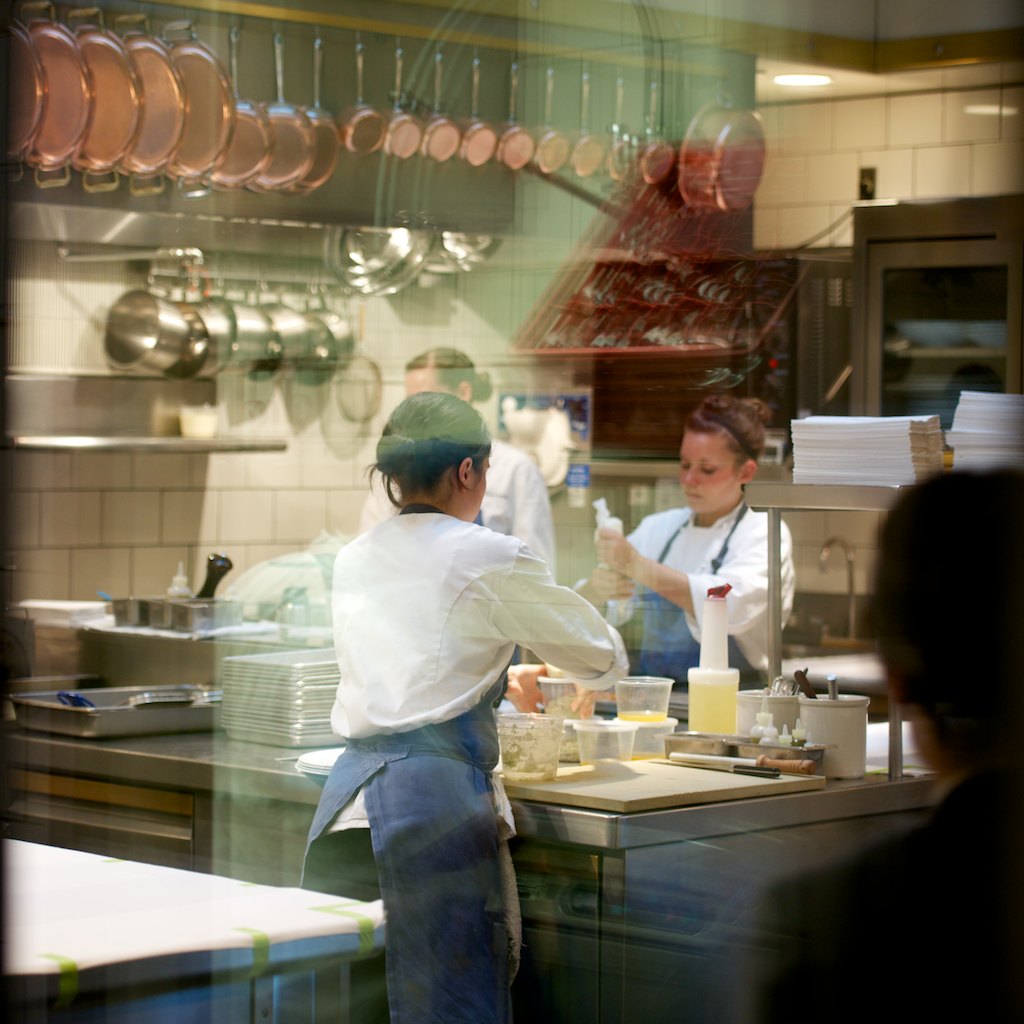

When invited to The French Laundry, the answer, without hesitation, is a resounding yes. As a destination restaurant with a long waiting list, you never know when the opportunity will present itself again. American Express recently asked us to check out their By Invitation Only program—mentioning a harvest dinner at the Michelin-starred restaurant as one of their offerings—and we jumped at the chance. I have been to Chef Thomas Keller‘s culinary oasis before, but a meal there is so extraordinary it always feels like the first time. And the chance to both interview Chef Keller and photograph in the gardens and kitchen—special sauce that Amex was able to offer because of their long-standing relationship with Keller—was a treat on par with the harvest meal prepared especially for Platinum card members.


A one-time saloon and French steam laundry, the building sits in California’s fertile Napa Valley a short drive north of the Bay Area. Chef Thomas Keller has been the proprietor since the restaurant opened in 1978, and is recognized by many as a leader of America’s subsequent food revolution. Nowadays, the kitchen is run by Chef de Cuisine Timothy Hollingsworth while Keller tends to other ventures, which include New York’s Per Se, Ad Hoc in Yountville as well as Bouchon and Bouchon Bakery‘s multiple locations.
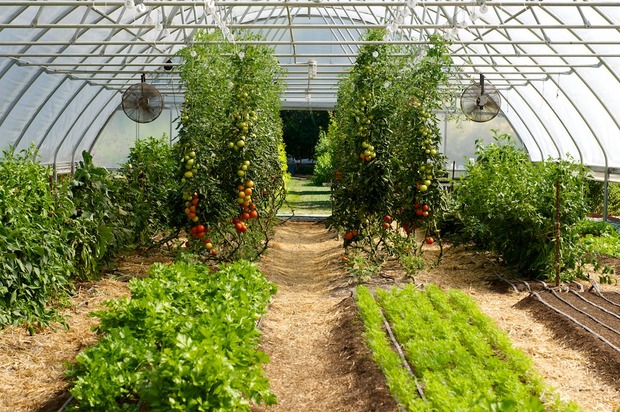
Adjoining the restaurant is a three-acre garden that is pruned and kept like royal property. The unfenced plot supplies the kitchen with everything from eggplants and melons to shishito peppers and cultivated snails. Around the grounds wander furry-footed chickens and pristinely dressed wait staff. The interior is an amalgam of different buildings that have been joined over the years, with seating for around 50 spread out in disparate rooms. The experience is not unlike dining in a private home—assuming, of course, that the private home is staffed with some of the best talent in North America.
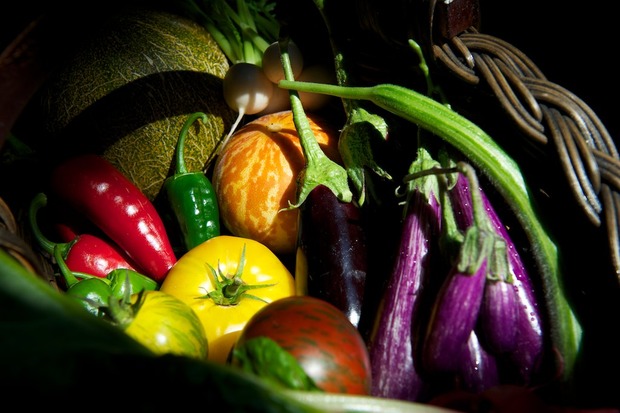
And then there’s the food. “The Oysters and Pearls have been on the menu for the past 17 1/2 years,” says Keller, referencing one of the restaurant’s most buzzed-about dishes. The recipe centers around oysters, caviar and tapioca, and is a scrumptiously clever take on the biological phenomenon.
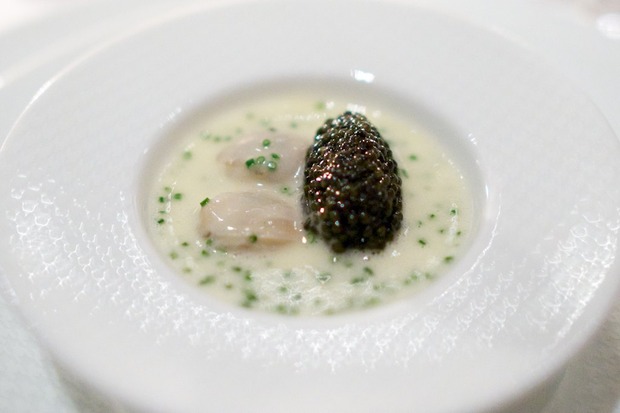
“I’ve been butter-poaching lobster for over twenty years, and it all comes from my memory of eating lobster with my mother.”
As an East Coast resident, I have a healthy skepticism for eating lobster in California. Keller understands this, which is why he has sourced his supply from Ingrid Bengis-Palei—known simply as “Ingrid” to culinary insiders—and her Maine traps since 1986. “Poached lobster—this is a dish that just resonates,” says Keller “I’ve been butter-poaching lobster for over twenty years, and it all comes from my memory of eating lobster with my mother. When you take a boiled lobster and drawn butter and dip the lobster in the butter, there’s nothing better than that flavor.”
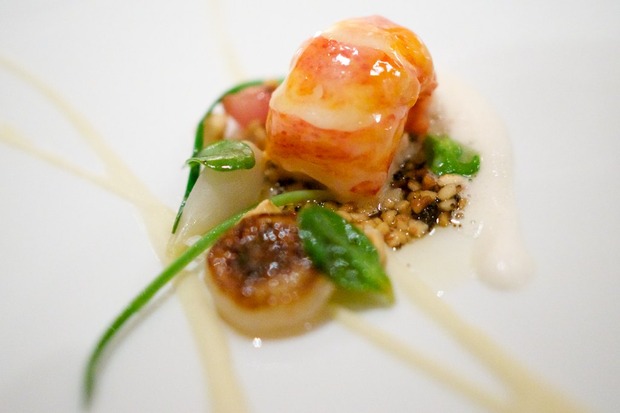
Keller’s renowned “butter-poaching” technique yields a sinfully decadent crustacean. The method isn’t entirely complicated, though you’ll need to know a way to shell the lobster raw, something that Keller spent a long time figuring out. Picture fresh lobster cooked in the very oils that season it, the pinkish skin oozing with drawn butter, and you’ll have an idea of the kind of genius Keller possesses.

We sat down with Chef Keller, hoping to find answers to a few needling questions. Almost without prompting, the seasoned chef became a font for information, advice and opinion on the state of American cuisine, the makings of a long-term venture and the politics of sustainability. What follows are highlights from our interview with Keller in the front room of The French Laundry.
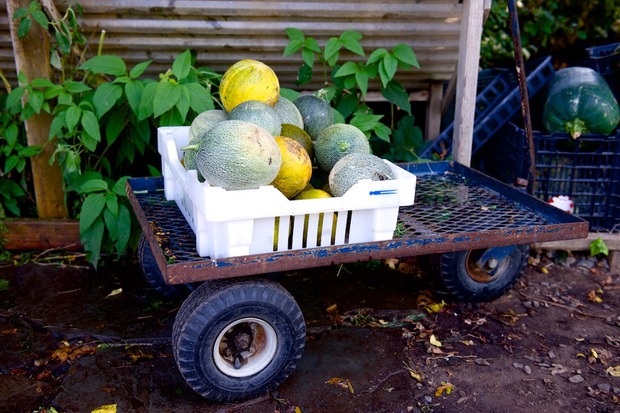
The evolution of American cuisine
In the 35 years since I started cooking, I’ve seen what has happened in our country, which is quite extraordinary. There’s one other country that parallels our rise to culinary recognition, and that’s the UK. 35 years ago, if you asked anybody around the world in any sophisticated food culture—France, Italy, Japan—the recognition of American cuisine would have been related to fast food, and the UK would have been related to boiled beef.
We have some of the best farms, fishermen, gardeners—some of the best ingredients around. We certainly have some of the best chefs and some of the best restaurants. It’s extraordinary to have watched that happen in basically two generations.

Making it happen—support, environment, tools
Basically it’s all about support, and the support network has to begin with our farmers, our fishermen, our gardeners and our foragers. The support for them has to be a commitment from the chefs, from the restaurants. It’s about a common goal to make sure that the guest has the best ingredients that we can possibly source. When you think about cuisine, it’s a very simple equation. Regardless of the restaurant, the equation’s the same—it’s about ingredients and execution.


When you come into a good environment, you tend to work better. You have to build an environment in which people are very comfortable. The idea of the chef as the proprietor has really changed the way restaurants run, and so the environment of the kitchen is as important for any chef as the environment in the dining room.
Tools are very important, making sure they have all the tools they need. Give them everything that they need in order to execute at a very high level—whether that’s the kitchen, the dining room, the sommeliers or your administrative staff.
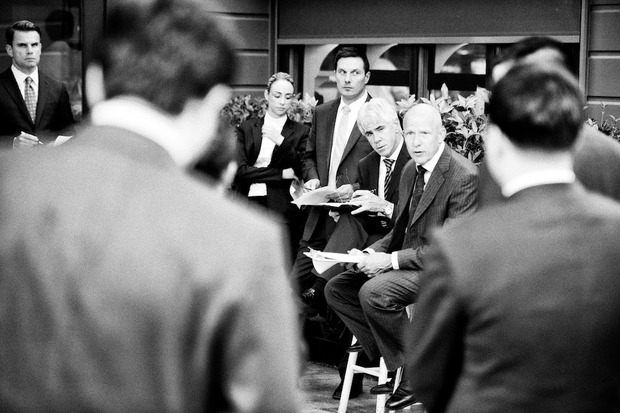
Better than you are—hiring, training, mentoring
There are three basic things that we have to do. One is hire people. And that is something that today… there’s not a huge commitment to hiring people today. In most cases, you need somebody so you hire somebody. The hiring process is really the most critical part of building the team because you have to hire the right people. If you don’t hire the right people, they’re just not going to be able to do their job. So making sure that we take the opportunity through the interview process, through the search process to make sure that we have a pool of talent that we are able to choose from.

Number two is making sure that we train. When I was a younger cook, and I still see it happening today, training was qualified by a time period. You have two weeks to learn how to work the fish station. What happens if I don’t get it in two weeks? Well, you have to. It may take them three weeks, it may take them three months. You keep them an extra week or two to make sure that they really got it and you have 100% confidence in them, and they have 100% confidence in being able to do the job—because their confidence is just as important as yours. Each person has a different capacity for learning and training.

It’s a continuing mentoring process—not just in your profession, but in your life. The person should understand what’s expected of them. And if you do that, then that person is going to be with you for a long time. Unfortunately, in America and in many other cultures, we’re beginning to forget about our long-term goals for our short-term goals. The mentoring process is a lifelong process, and one that fascinates me.
If you do those three things correctly—if you hire them, if you train them, if you mentor them—then what’s the result of that? They become better than you are. If they’re not better than you are, then you haven’t really done your job.
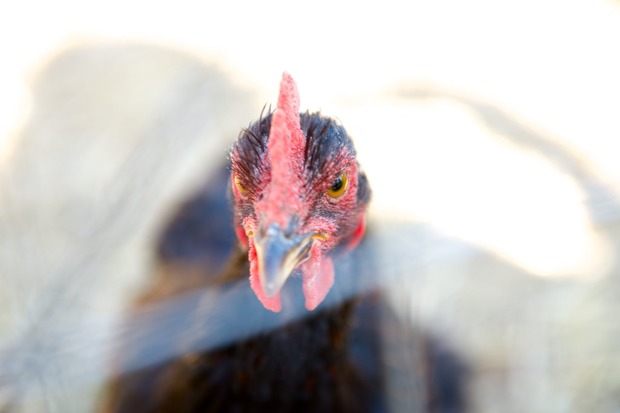
Sourcing and sustainability
We talk about sustainability. We talk about carbon footprint. We talk about farm to table. We talk about all these things today without any true understanding of what they really mean. We’ve been serving John Mood’s hearts of palm for 16 years now, and it’s nice to know that I’m connected to John and his wife and that plantation they have in Hawaii—it’s a fantastic thing. The shishito peppers are from our garden. The yellow peaches are coming from Jacobson Farms.
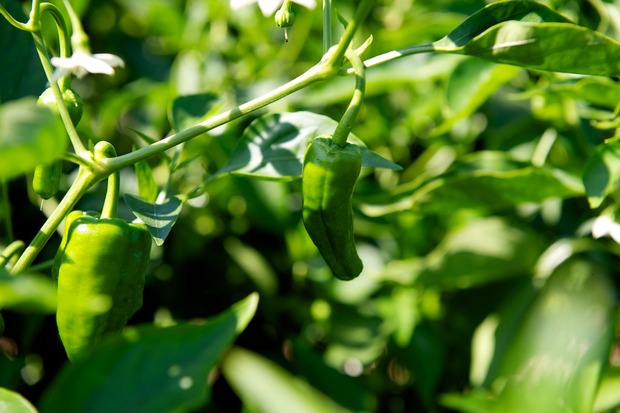
Sustainability is such a misunderstood word because most people relate it to ingredients—that’s just not true. That’s where the media typically misses the whole point about sustainability because they’re always talking about ingredients. You have to realize that it’s not about ingredients, it’s about people and communities. The fishermen in Maine have been fishing those water for generations, so who’s really concerned about the sustainability of what they do? Should I be? No. They are. My job is to be able to choose the right people to supply me with my ingredients. If I choose correctly, then they’ve already taken care of the responsibility part.
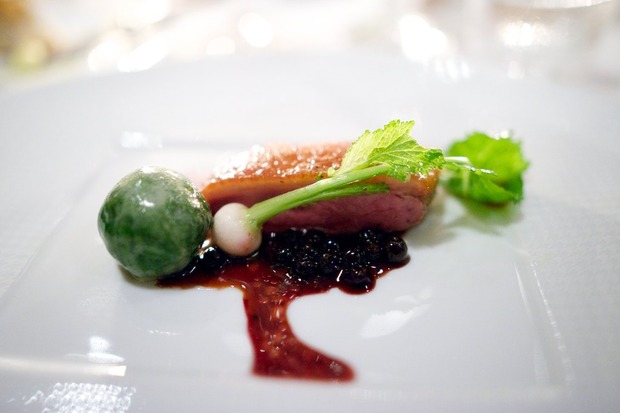
In Scandinavian countries, there is a significant incentive for companies to reduce their carbon footprint. They don’t go to their chefs and say, “You have to grow your stuff across the street.” They don’t put that responsibility on a chef. They put that responsibility on the areas where it can have a significant impact, and those are the larger industries. Point being, sustainability is really about supporting those communities, and my choice as a chef is to support people that have integrity and responsibility to their ingredients.
See the rest of the photographs from our meal after the jump.
Images by Josh Rubin
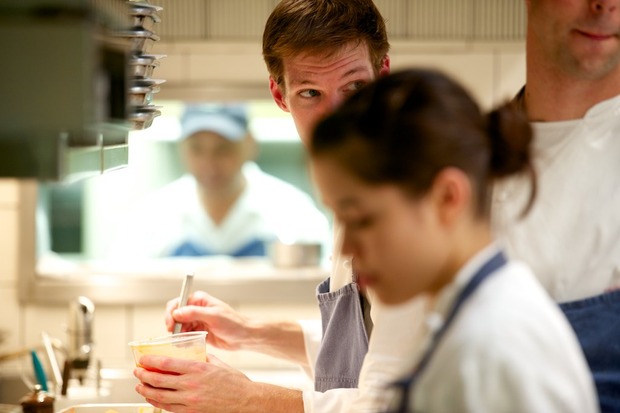
Keeping an eye out
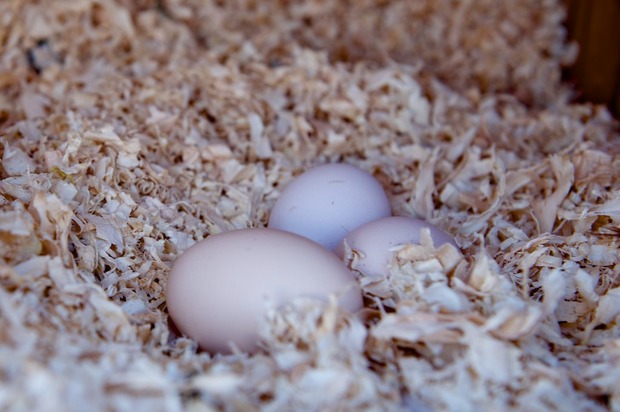
Fresh eggs wait in the chicken coop
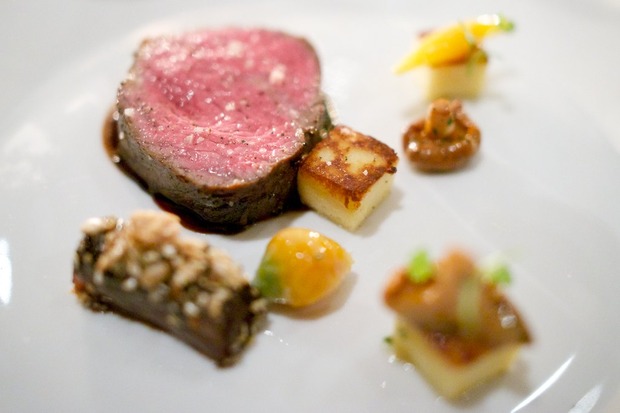
Herb-Roasted Masami Beef Striploin


Interior of the dining room; Pastry chef Milton Abel snaps a photo of the dessert
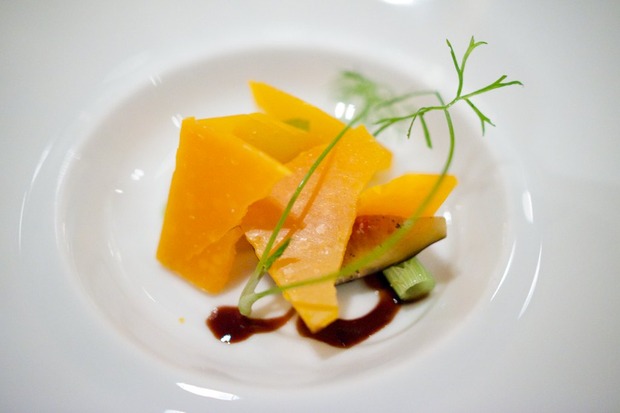
“Mimolette”: French Laundry Garden Figs, Young Fennel and Aged Balsamic Vinegar

A close-up on one of the “furry-footed” chickens
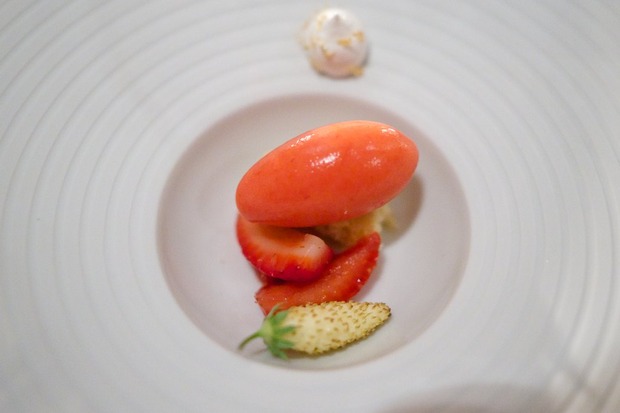
Strawberry sorbet: “Sablé Breton” and Opal Basil
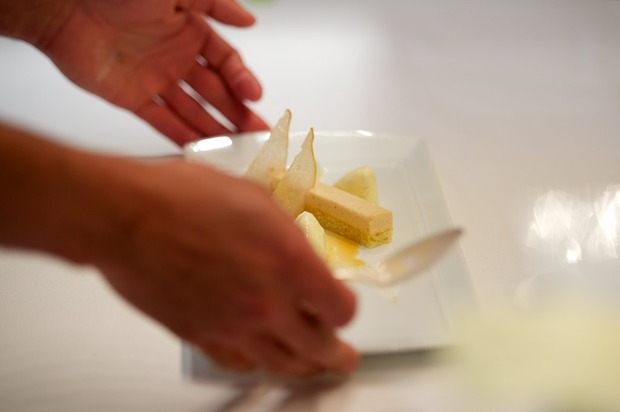
Pears and Caramel: Bartlett Pears, “Dulce de Leche” and Salted Caramel Ice Cream
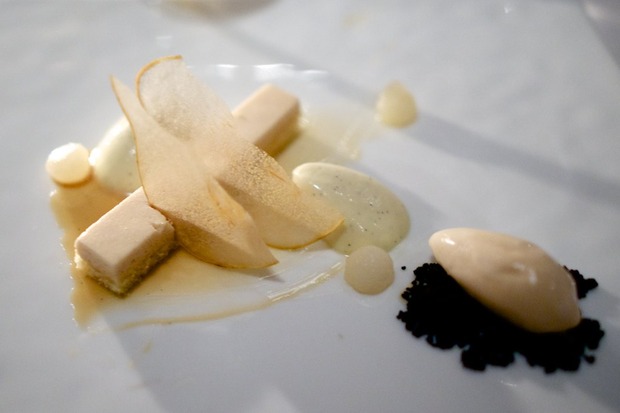
Another look at “Pears and Caramel”
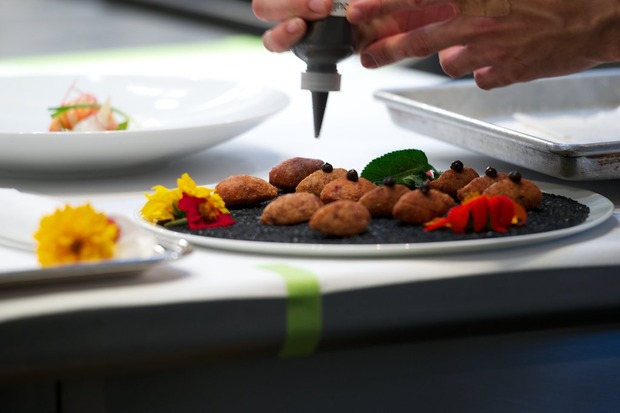
Iberico ham croquettes
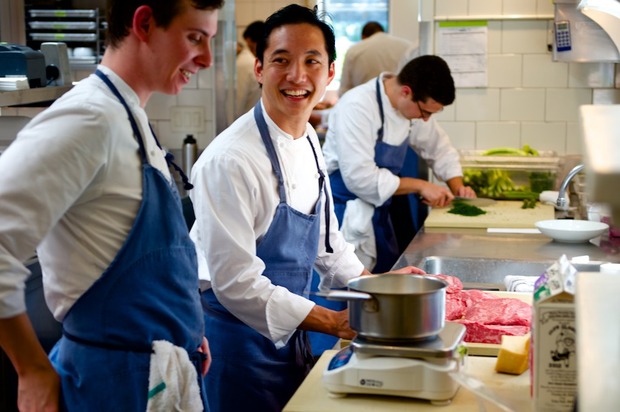
Readying meat at the prep station

Caviar hors d’oeuvres in the garden
Have you been to The French Laundry or one of Chef Keller’s other restaurants? Tell us about it.












